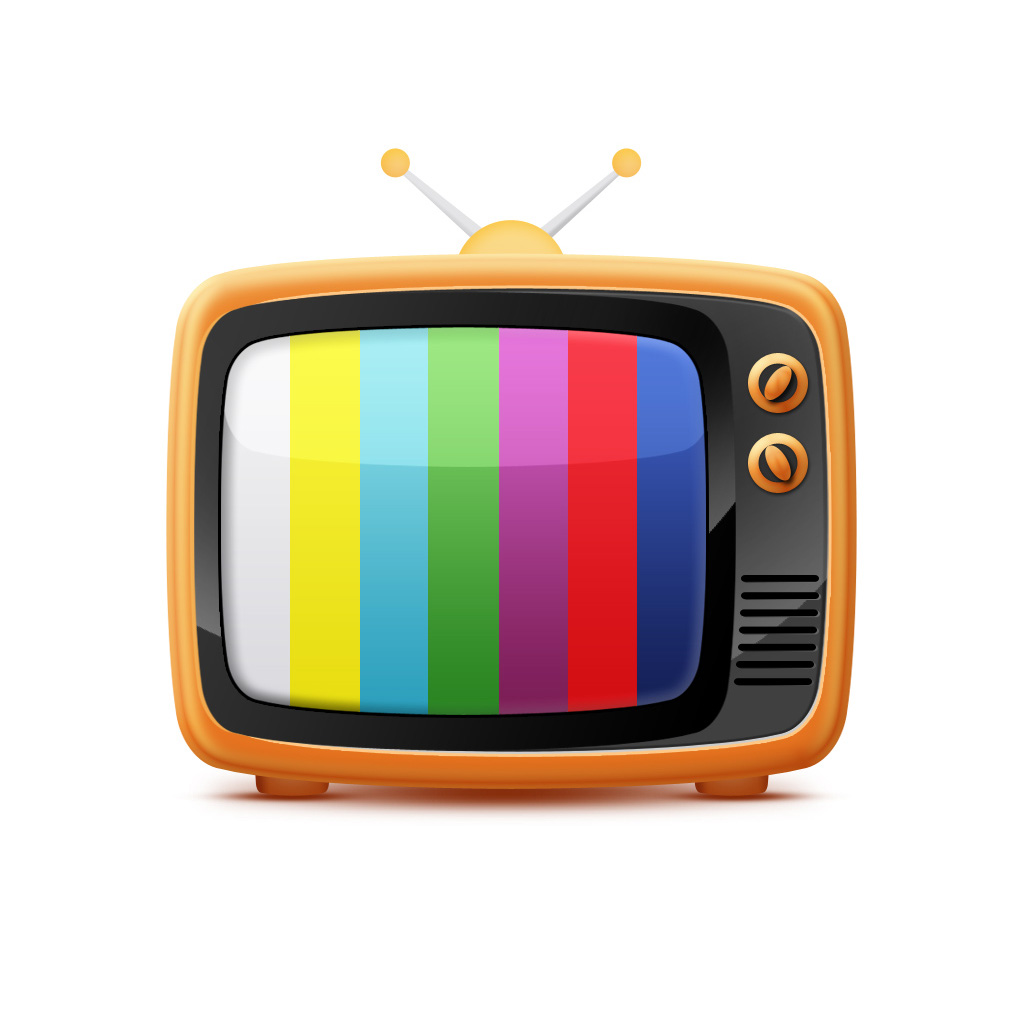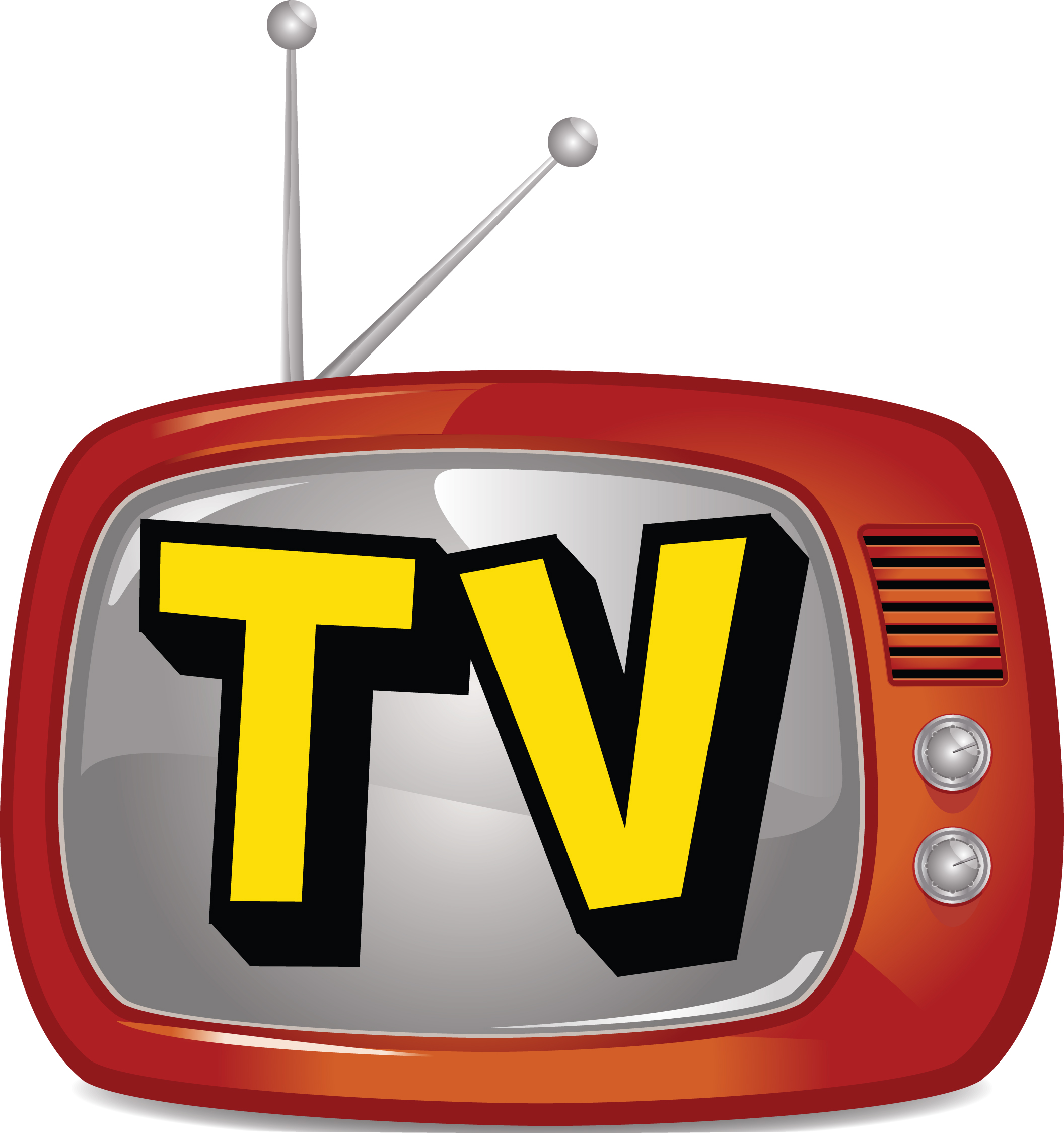by Rayan
Copyright © 2017
the television

by Rayan
- Joined Feb 2017
- Published Books 7
Copyright © 2017
Television or TV is a telecommunication medium used for transmitting moving images in monochrome (black-and-white), or in color, and in two or three dimensions and sound. It can refer to a television set, a television program (“TV show”), or the medium of television transmission. Television is a mass medium, for entertainment, education, news, and advertising.
Television became available in crude experimental forms in the late 1920s, but these did not sell to the public. After World War II, an improved form of black-and-white TV broadcasting became popular in the United States and Britain, and television sets became commonplace in homes, businesses, and institutions. During the 1950s, television was the primary medium for influencing public opinion.[1] In the mid-1960s, color broadcasting was introduced in the US and most other developed countries. The availability of storage media such as Betamax (1975), VHS tape (1976), DVDs (1997), and high-definition Blu-ray Discs (2006) enabled viewers to watch prerecorded material at home, such as movies. At the end of the first decade of the 2000s, digital television transmissions greatly increased in popularity. Another development was the move from standard-definition television (SDTV) (576i, with 576 interlaced lines of resolution and 480i) to high-definition television (HDTV), which provides a resolution that is substantially higher. HDTV may be transmitted in various formats: 1080p, 1080i and 720p. Since 2010, with the invention of smart television, Internet television has increased the availability of television programs and movies via the Internet through streaming video services such as Netflix, iPlayer, Hulu, Roku and Chromecast.
In 2013, 79% of the world’s households owned a television set.[2] The replacement of early bulky, high-voltage cathode ray tube (CRT) screen displays with compact, energy-efficient, flat-panel alternative technologies such as plasma displays, LCDs (both fluorescent-backlit and LED), and OLED displays was a hardware revolution that began with computer monitors in the late 1990s. Most TV sets sold in the 2000s were flat-panel, mainly LEDs. Major manufacturers announced the discontinuation of CRT, DLP, plasma, and even fluorescent-backlit LCDs by the mid-2010s.


Television signals were initially distributed only as terrestrial television using high-powered radio-frequency transmitters to broadcast the signal to individual television receivers. Alternatively television signals are distributed by coaxial cable or optical fiber, satellite systems and, since the 2000s via the Internet.




early 2000s, these were transmitted as analog signals, but a transition to digital television is expected to be completed worldwide by the late 2010s. A standard television set is composed of multiple internal electronic circuits, including a tuner for receiving and decoding broadcast signals. A visual display device which lacks a tuner is correctly called a video monitor rather than a television.

A television (also TV, telly or tube) is a machine with a screen. Televisions receive broadcast signals and turn them into pictures and sound. The word “television” comes from the words tele (Greek for far away) and vision (sight).
Sometimes a television can look like a box. Older TVs had a large cathode ray tube in a large wooden frame and sat on the floor like furniture. Newer TVs are much lighter and flatter.
A TV can show pictures from many television networks. Computers and mobile devices also can be used for watching television programs.

At first, all televisions used an antenna (or aerial). This would pick up television programmes from broadcasting stations. A TV station could be many miles or kilometers away, and still be received. TVs can also show movies from VCD and DVD players or VCRs. Cable TV and Satellite television can provide more programs at once than broadcast can. Video game consoles connect to most modern TVs. Some computers can also use a TV as a computer monitor.
All TVs have screens where the picture is viewed. Before the 1950s these were usually “black and white“, which made everything look grey, but all modern TVs show colors. Most 20th century screens also had rounded corners. That is because television screens were cathode ray tubes. These are like heavy glass jars with one side bulging out to form the screen.

Today flat panel displays are the usual kind. These are usually flat rectangles with straight edges. This long rectangle looks more like the shape of a movie theatre screen. This is called widescreen. If a widescreen set was 30 cm tall, it would be 53 cm wide. For this to work best, TV shows also need to be made in widescreen. Widescreen sets can still be any size, but they have the same widescreen shape.
The early 21st century is also when digital television transmission became more common than analog television.


Published: Feb 24, 2017
Latest Revision: Feb 24, 2017
Ourboox Unique Identifier: OB-255403
Copyright © 2017








